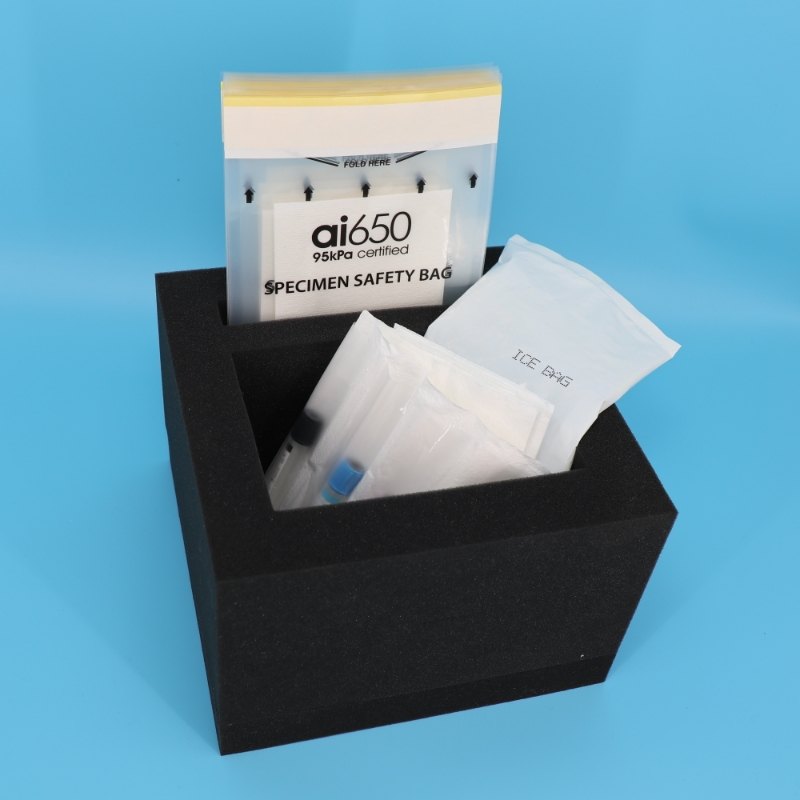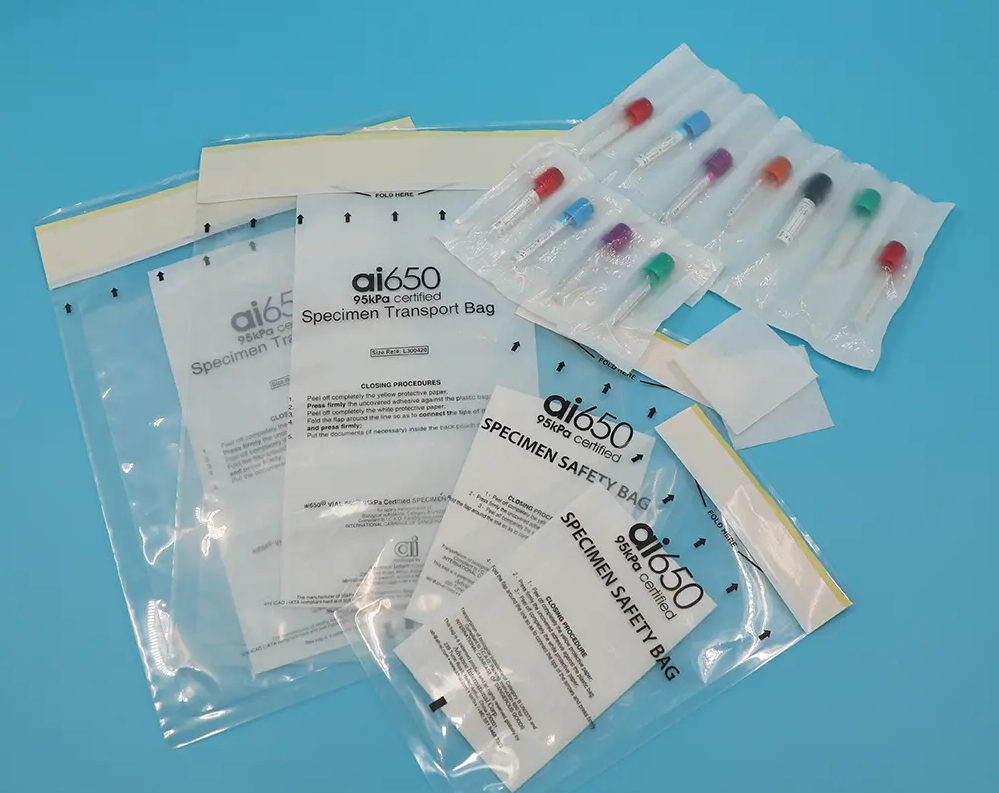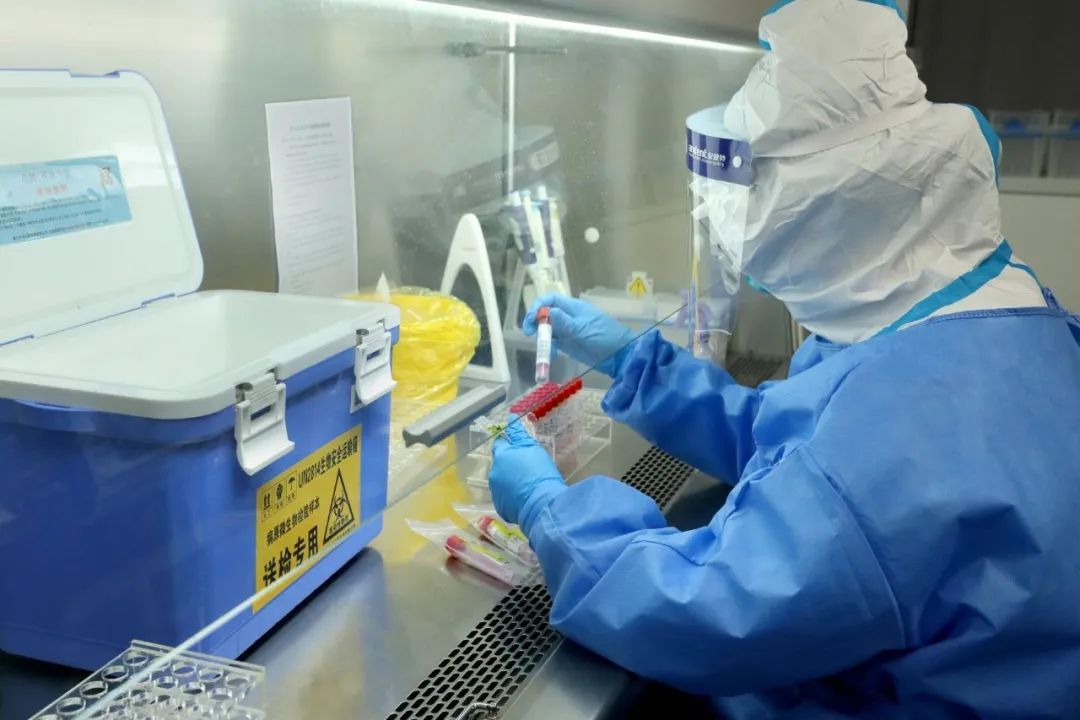The medical device industry is undergoing a significant transformation, driven by advancements in materials science and a growing emphasis on patient safety and sustainability. One of the most notable trends in recent years is the increasing adoption of disposable biocompatible materials in medical device manufacturing. This shift is reshaping the landscape of healthcare, offering innovative solutions that prioritize hygiene, cost-effectiveness, and environmental responsibility. In this blog, we’ll explore the rise of disposable biocompatible materials, their benefits, and their impact on the future of medical devices.
What Are Disposable Biocompatible Materials?
Disposable biocompatible materials are specially designed substances that are safe for use in medical applications and can be discarded after a single use. These materials are engineered to interact harmlessly with the human body, minimizing the risk of adverse reactions such as inflammation, toxicity, or infection. Common examples include medical-grade plastics, polymers, and biodegradable composites used in devices like syringes, catheters, surgical instruments, and diagnostic tools.
Why Are They Gaining Popularity?
The rise of disposable biocompatible materials is fueled by several key factors:
Infection Control: Reusable medical devices, if not properly sterilized, can become vectors for infections. Disposable materials eliminate this risk by ensuring that each patient is treated with a fresh, sterile device.
Cost Efficiency: While the initial cost of disposable devices may seem higher, they reduce long-term expenses associated with cleaning, maintenance, and sterilization of reusable equipment.
Regulatory Compliance: Healthcare regulations are becoming increasingly stringent, emphasizing patient safety and hygiene. Disposable biocompatible materials help manufacturers meet these standards more easily.
Sustainability: With growing environmental concerns, manufacturers are developing biodegradable and eco-friendly disposable materials that reduce medical waste without compromising performance.
Technological Advancements: Innovations in material science have made it possible to create lightweight, durable, and highly functional disposable materials that meet the demanding requirements of modern medical applications.
Applications in Medical Device Manufacturing
Disposable biocompatible materials are being integrated into a wide range of medical devices, including:
Single-Use Surgical Instruments: Scalpels, forceps, and clamps made from biocompatible plastics reduce the risk of cross-contamination.
Diagnostic Devices: Disposable test kits and sensors ensure accurate results while maintaining hygiene.
Drug Delivery Systems: Pre-filled syringes and insulin pens made from biocompatible materials enhance patient convenience and safety.
Wound Care Products: Biodegradable dressings and sutures promote healing while minimizing environmental impact.
Challenges and Future Directions
While the adoption of disposable biocompatible materials offers numerous benefits, it is not without challenges. The industry must address concerns such as:
Waste Management: The increased use of disposable devices generates more medical waste, necessitating improved recycling and disposal systems.
Material Costs: High-quality biocompatible materials can be expensive, requiring innovations to reduce production costs.
Performance Limitations: Some disposable materials may not yet match the durability or functionality of traditional reusable devices.
Looking ahead, the future of disposable biocompatible materials lies in continued research and development. Emerging technologies, such as 3D printing and nanotechnology, are expected to unlock new possibilities for creating advanced, cost-effective, and sustainable materials.
Conclusion
The shift toward disposable biocompatible materials in medical device manufacturing marks a pivotal moment in healthcare innovation. By prioritizing patient safety, cost efficiency, and environmental sustainability, these materials are setting new standards for the industry. As technology continues to evolve, we can expect even more groundbreaking advancements that will further enhance the quality of care and reshape the future of medical devices.
For healthcare providers, manufacturers, and patients alike, the era of disposable biocompatible materials is not just a trend—it’s a transformative movement toward a safer and more sustainable future.
Emerging Trend: Disposable Biocompatible Materials in Medical Device Manufacturing

Categories:



